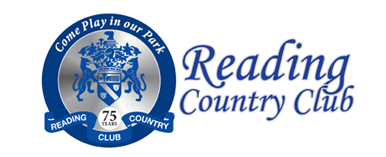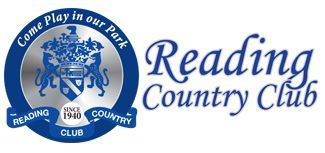The Club
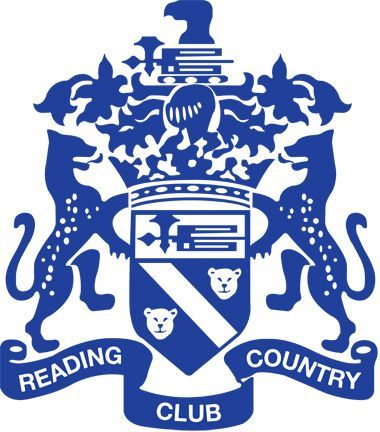
THE HISTORY OF THE CLUB
The pages of history are lettered with examples of achievement borne of necessity and so it is with our own history. In the years immediately preceding the last war it became evident that the accident of birth and creed made some folk unfit to tread the hallowed halls of other clubs. If healthy recreation was what they needed, they had to provide their own opportunities and facilities. From that necessity there developed by slow and often painful stages, the achievement you now see.
THE FOUNDERS
Recollections dimmed by the passage of time have made it difficult to establish the identity of the person, because it must have been one person, who first conceived the idea of establishing a club.
What we do know with certainty is that the first gathering of people to discuss the project was held at the house of Mr. and Mrs. A. Silver at Germiston, in March, 1939.
The meeting was an informal one and those present were Messrs. H. Rosen, B.N. Cohen, P. Silver, A, Silver, J.H. Cohen, H. Simpson and Dr. A. Kaplan. Mr. G. Gavronsky and Mr. J. Weinberg were away at the time.
Mr. H. Rosen acted as Chairman from that time with Mr. J. Weinberg as Secretary. The minutes of that first meeting were taken by Mr. J.H. Cohen. The resolutions taken were.
To negotiate for and purchase land suitable for the establishment of a Country Club.
To enroll 250 foundation members at a fee of £60 each.
To name the club- “Reading Country Club.”
PURCHASE OF THE LAND
The search then began, for it was not just any ground that could be used for the purpose. In addition to other conditions an important factor was that the ground should be as near as possible to the two towns which the Club would serve. Eventually, the choice rested between land belonging to General Brink and which has since become Alberton’s Industrial Township “Alrode” near Palmietfontein, and the land upon which the Club now stands.
The choice fell as it did for two reasons:
- The recommendation of three leading Golf Professionals – Sid Childs, “Tommy” Tomsett and “Koos” de Beer, and
- The proximity of the ground to Germiston and Johannesburg .
Eight months after the first meeting, the 142 morgen of land had been purchased for £4,000. That the interim committee had not collected all the money necessary to pay for the ground did not deter them. The confidence which launched the £70,000 Club House scheme, nearly 10 years later had already taken root. Messrs. H. Rosen, B.N. Cohen, P. Silver, A. Silver, J. Kramer and J. Sher guaranteed the necessary bank overdraft and the project was launched. Mr. Max Levine, one of the early members to join the Club, attended to the formalities of the purchase and transfer of the land and then with the assistance of Messrs. Weinberg, Gavronsky and Dr. Kaplan, embarked up on the task of drawing up a constitution.
THE GOLF COURSE
The ground which had been purchased was the most suitable that was available at the time, but it would be misleading in the extreme, to say that building a golf course on it presented no problems. Part of the ground had been used as a brickfield and the gaping clay pits led to many a pessimistic prognosis from prominent members of the committee. These prophets have been proved wrong and those clay pits have been transformed into some of the most pleasing holes on the course but not without much toil and money. These were the patent hazards that were only discovered later.
The initial plan for the golf course envisaged construction on a large scale, to be let out on contract, to a plan prepared by a golf architect. For this purpose, Sid Brews was engaged to plan the course.
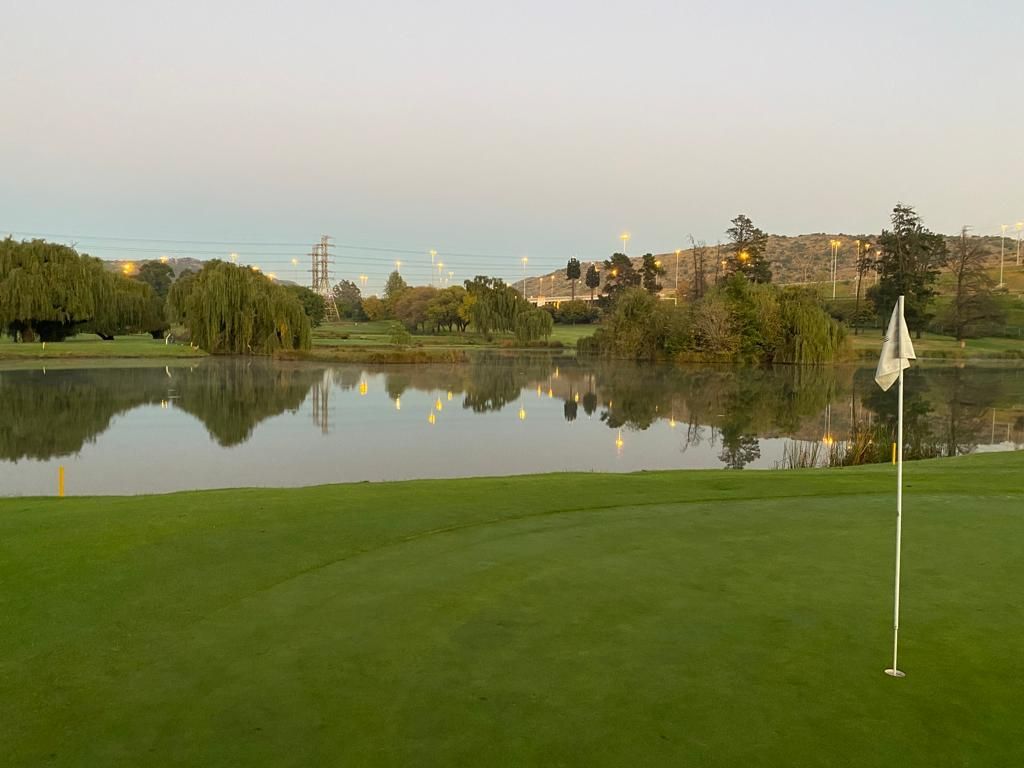
FIRST GENERAL MEETING
By June, 1940, it was felt that sufficient progress had been made to convene a General Meeting, adopt a constitution and elect a committee. The meeting was held at the Alexander Hotel , Germiston, on the evening of the 6 th June, 1940, under the chairmanship of Mr. H. Rosen.
A resolution was moved at this meeting, that in view of the hostilities, which had broken out, the whole scheme should be abandoned and the money collected handed to some deserving charity. This proposition was defeated, but a further resolution that the plan to engage a contractor to lay out the course should be shelved and in its place the Committee should proceed with the work with its own labour to a plan prepared by Mr. Sid Brews. This resolution was adopted.
WORK BEGINS
Work on the golf course began immediately, under the supervision of Sid Brews.
One of the essentials at this stage was to obtain an adequate water supply. 5,000 Gallons per hour was considered to be the minimum with which the work could proceed.
The first water-boring contractor, who stipulated for a fee of £1,000 and guaranteed 5,000 gallons per hour, did not deplete the Club funds, but nor did the Club get its water supply.
The next attempt met with success and the late Jock van Lingen was the successful contractor. The borehole, a reticulation system was laid so that water could be brought to all the tees and greens on the course.
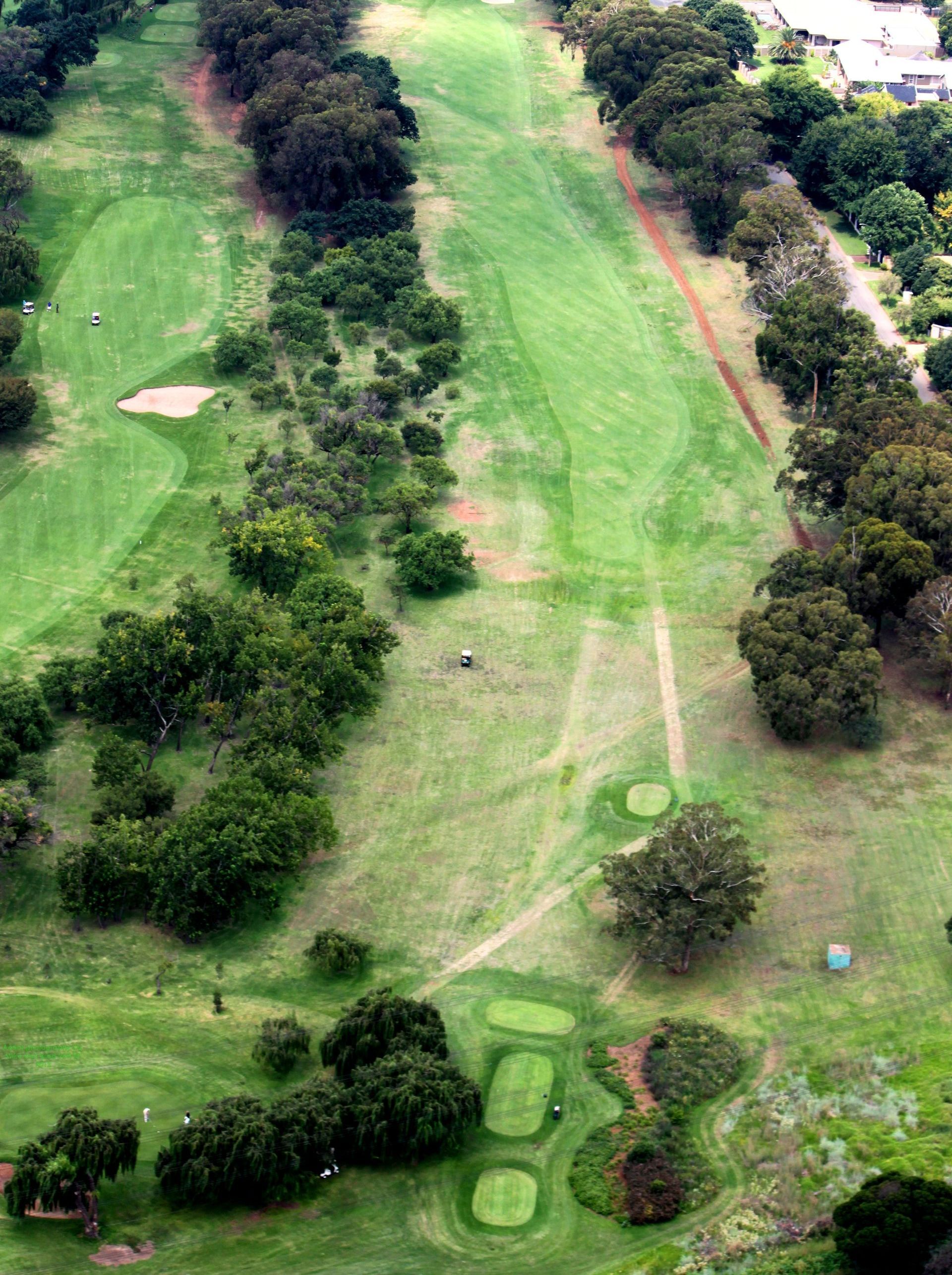
THE CLUB HOUSE
The completion of the new Club House goes back a long way to the year 1941, when it was decided to embark on a building programme to provide a Club House adequate to meet the individual needs of the members. Messrs. Margo and Margo were appointed the architects for this project and a start was made on the buildings. Eventually, building control was imposed and the general war situation made it impracticable to proceed with that scheme. In its place, a modest building was erected which until its destruction by fire, in December, 1949, served its purpose well. The facilities provided were not adequate, but the inconvenience was borne philosophically because members knew that a new structure would eventually take its place, An opportune time to embark upon the larger scheme arrived with the end of the war in Europe and with it a campaign for funds to finance the present building was launched
ADDRESS:
40 Fore Street, New Redruth, Alberton
POSTAL ADDRESS:
P.O. Box 18, Alberton, 1450
TELEPHONE NUMBERS:
EMAIL ADDRESS:
Functions :
Memberships : creditors@readingcc.co.za
Golfing Matters : proshop@readingcc.co.za
General Manager :
manager@readingcc.co.za
OFFICE HOURS:
- Monday
- Closed
- Tue - Fri
- -
- Sat - Sun
- Closed
PROSHOP HOURS:
- Monday
- -
- Tue - Sun
- -
TELEPHONE NUMBERS:
EMAIL ADDRESS:
Functions : fbmanager@readingcc.co.za
Memberships : creditors@readingcc.co.za
Golfing Matters : proshop@readingcc.co.za
General Manager :
manager@readingcc.co.za
OFFICE HOURS:
- Monday
- Closed
- Tue - Fri
- -
- Sat - Sun
- Closed
PROSHOP HOURS:
- Monday
- -
- Tue - Sun
- -
All Rights Reserved | Reading Country Club | Privacy Policy | | Website Developed by WEBSHURE
